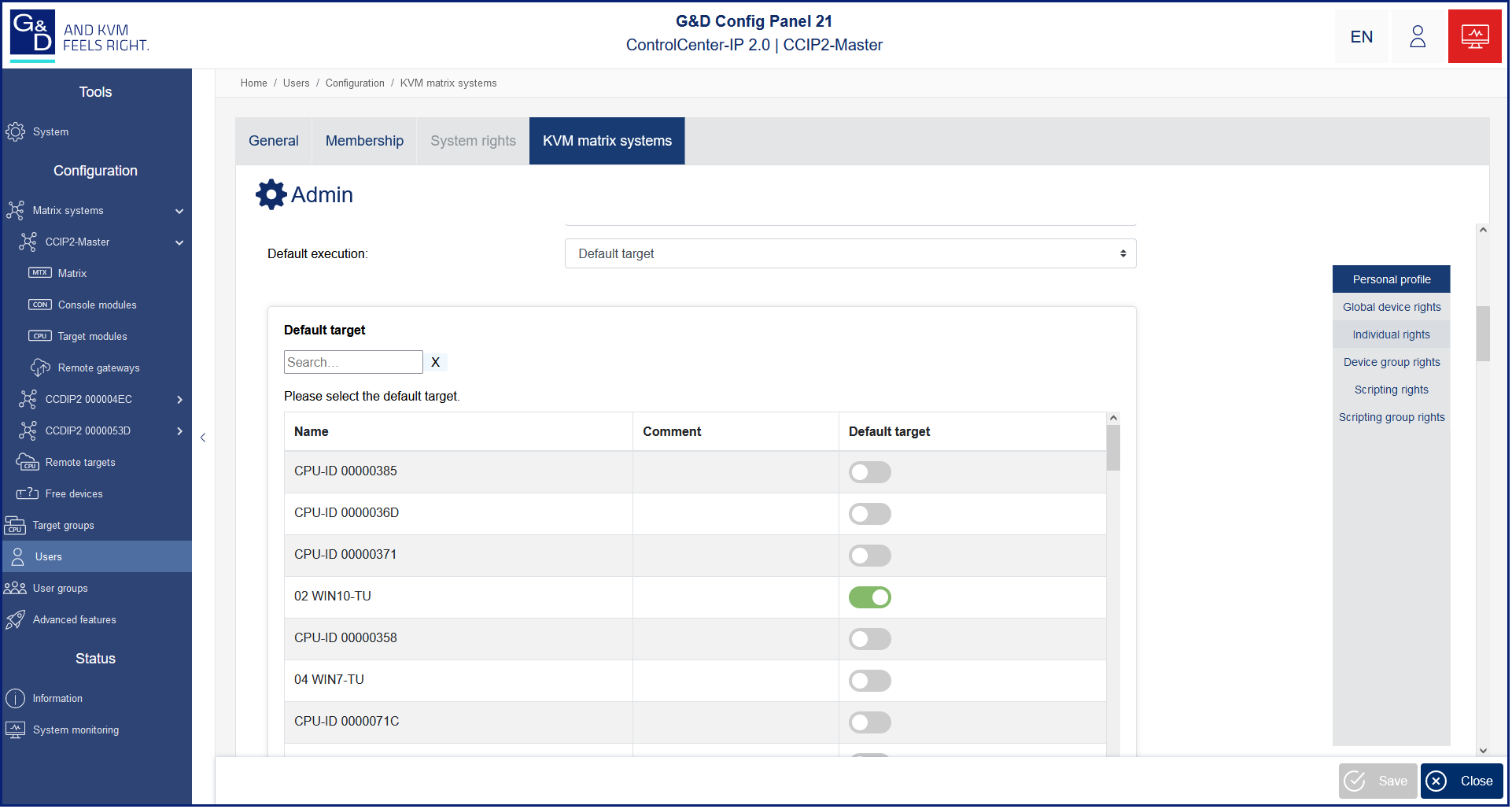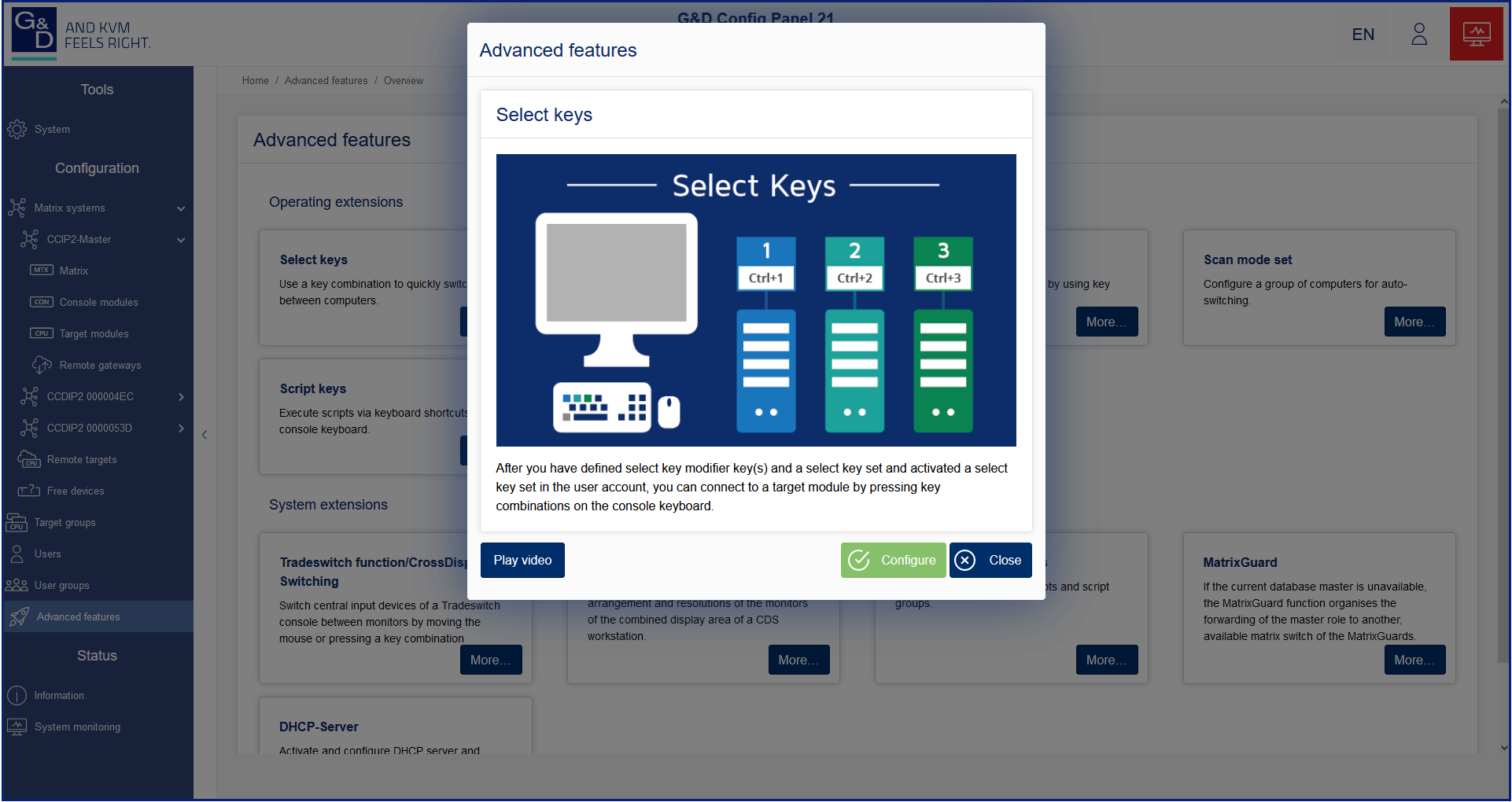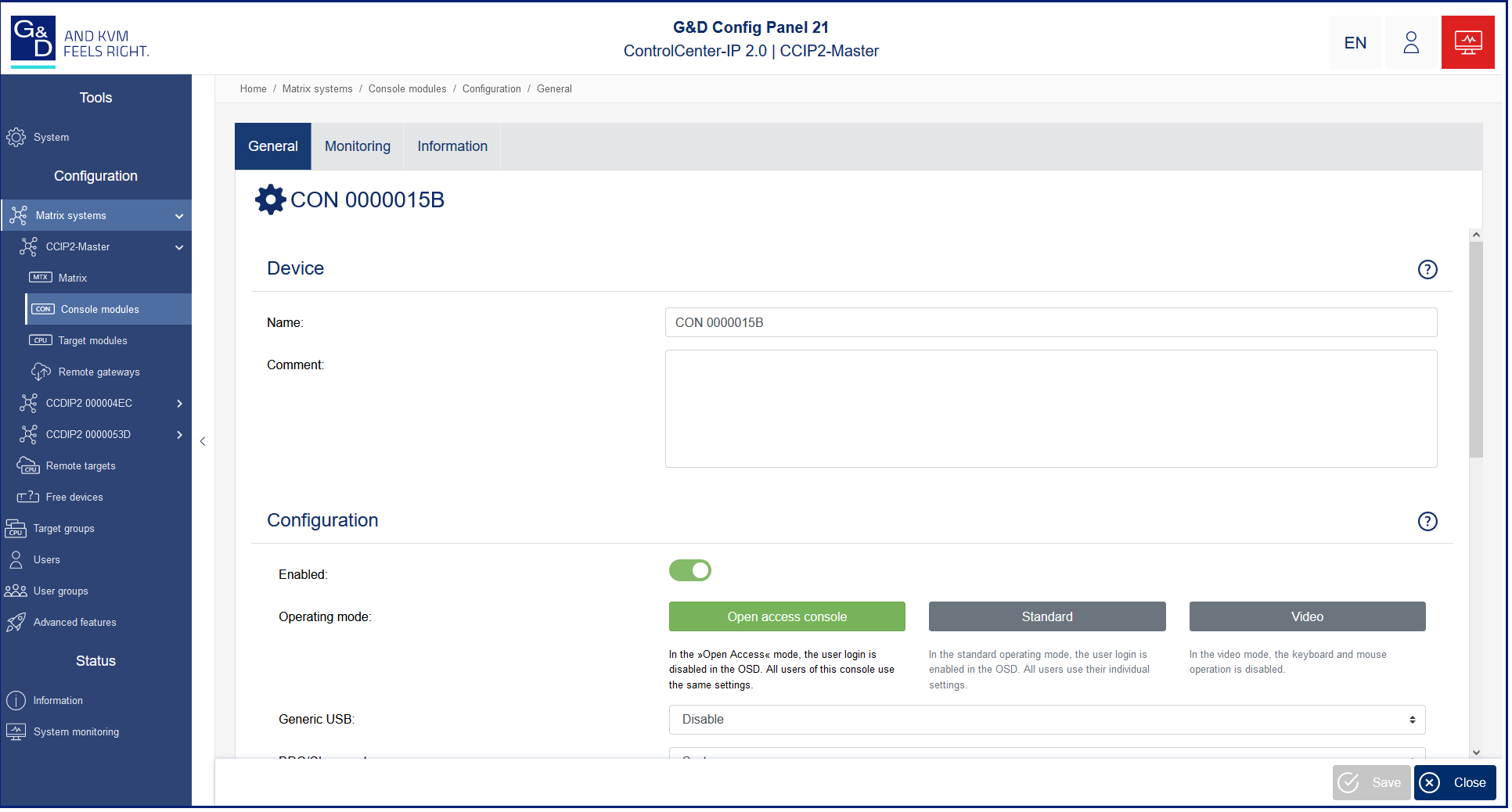KVM products from G&D have many advantages. One of them is the extensive configuration options, which may mean that you are not even aware of one or the other KVM feature. In the first blog post of this series, we’ve taken a look at the advantages for users, such as the “Default Target” function. In the second part, we will show you even more features that will help you structure your workplace even better. Last time, we already introduced the “Return to Last Target” function. So let’s find out what it’s all about:
3. Return to Last Target
You probably know the situation: You have a million things to do, and of course each task has to be finished as soon as possible. Sometimes you finish one task, start the next, and then realize you’ve forgotten something and want to go back to the previous task.
In such cases, the “Return to Last Destination” feature allows you to access the computer you were using before, avoiding complicated detours. You can easily go back one step using a previously configured shortcut.
4. Default Target
Also known as your KVM home function. The “Default Target” configuration setting allows you to specify a computer to which you will automatically connect when you log in.
This KVM feature saves time because you can save a favorite target. For example, this could be the computer you usually use to read your email or get an overview of messages from your firewall. When you log in to the Matrix, the “Default Target” feature will automatically redirect you to this computer.
5. Select Keys
Select Keys are custom keyboard shortcuts that you can assign to any computer in a KVM matrix and then use to connect to that computer.
To select a computer, simply use a configured hot key combination. There is no need to open the OSD and select the computer from a long list. Not only does this save time, but it’s the fastest way to access your most important systems. A hot key can also be a sequence (e.g. “WIN” + “1234”) of up to 10 characters, so it follows your syntax.
6. Open Access Console
Open Access is a configuration setting that determines the operating mode of the console module in analog and digital matrix systems. Operating a console in Open Access mode disables login at that console, allowing free access to the system. Users are indistinguishable due to the lack of login at an Open Access Console.
Usually, control rooms are access-protected and can only be entered by authorized personnel. In many control room applications, the same tasks are performed at individual workstations using the same computers, but by different people. Although only a few people are authorized to enter a control room, they can still access the systems connected to a KVM matrix system only by logging in.
With the Open Access Console, permissions are no longer managed by user accounts, but by individual consoles, such as a DVI-CON. This eliminates the need for individual user account logins and saves time.
To find out which features are most important to administrators, stay tuned for the third post in our blog series on 11 great little KVM features that desperately need to prove themselves more often.
Please visit our website for more information, www.gdsys.com.
- 40 Years – 4 Perspectives: G&D through Four Different Lenses - 16. December 2025
- Trusted. Improved. VisionXS 2.0 - 15. October 2025
- bluedec™ – Our Video Compression for Control Rooms, Now Even More Powerful - 2. September 2025





